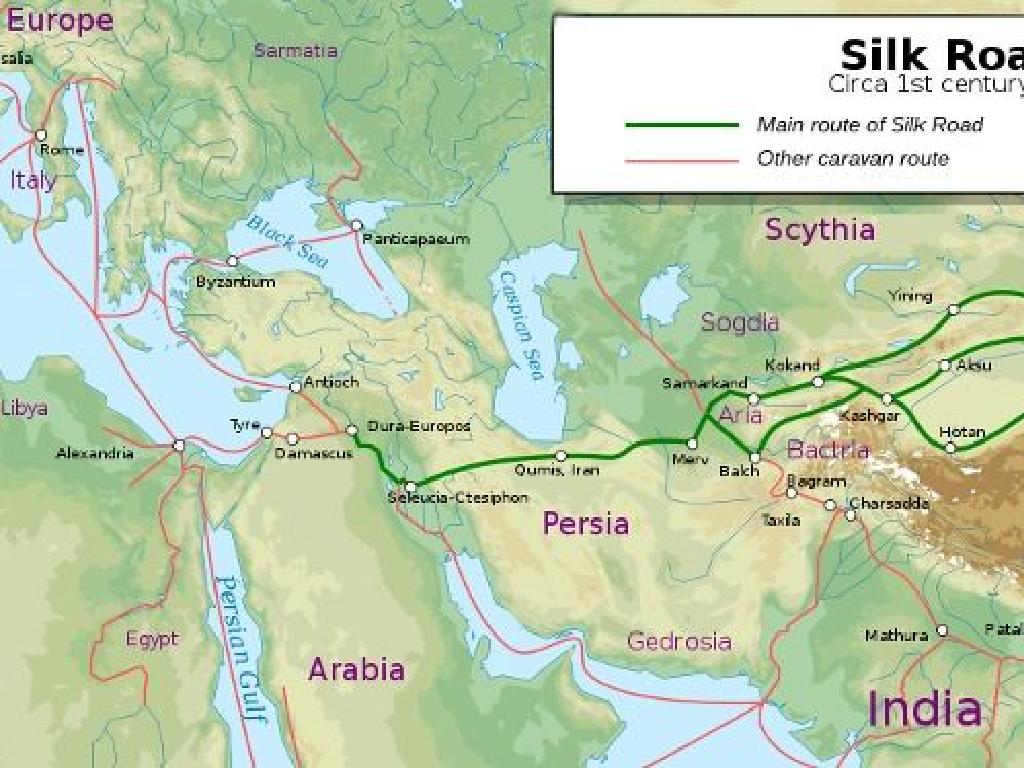Stars & Elements
Subject: Arts and humanities
Grade: High school
Topic: Big History Project
Please LOG IN to download the presentation. Access is available to registered users only.
View More Content
Big History: Stars & Elements
– Welcome to Big History
– Stars’ role in element creation
– Stars forge elements through nuclear fusion, e.g., helium from hydrogen
– Elements as universal building blocks
– Everything is made of elements, from planets to people
– The cosmic origin of elements
– Elements on Earth originated from stardust, spread by supernovas
|
This slide introduces students to the Big History Project, focusing on the relationship between stars and elements. Begin with a warm welcome to the grand narrative of our universe, setting the stage for a journey through time and space. Explain how stars are not just points of light in the sky but factories of element creation through the process of nuclear fusion. Emphasize that elements are the fundamental constituents of all matter, making up the world around us and within us. Conclude with the profound idea that the elements that form our planet and our bodies were once formed in the heart of stars, connecting us to the cosmos. Encourage students to reflect on this connection and how it shapes our understanding of the universe and our place within it.
The Cosmic Engines: Stars
– Stars as cosmic engines
– Massive, luminous spheres of plasma held together by gravity
– Star life cycle: birth to supernova
– Sequence from nebula to red giant to supernova, creating elements
– Nuclear fusion in stars
– Hydrogen atoms fuse to form helium, releasing energy
– Elements formed by stars
– Heavier elements up to iron are forged in stars, heavier ones in supernovae
|
This slide introduces students to the concept of stars as the engines of the cosmos, responsible for the creation of elements. Begin by defining stars as massive, glowing balls of gas, primarily hydrogen and helium, held together by gravity. Discuss the life cycle of a star, from its birth in a nebula to its expansion into a red giant and its final explosive death as a supernova. Explain nuclear fusion as the process powering stars, where hydrogen atoms combine to form helium, releasing vast amounts of energy. Highlight that stars are the forges of the universe, creating elements up to iron in their cores, and heavier elements during supernova explosions. Encourage students to consider the profound idea that the elements that make up our planet and ourselves were formed in the hearts of stars.
Elements: From Big Bang to Present
– Origin of first elements in Big Bang
– Hydrogen, helium formed post-Big Bang
– Stars forging heavier elements
– Stellar nucleosynthesis fuses atoms into new elements
– Distribution of elements in cosmos
– Elements spread across universe via supernovae
– Elements’ journey from stars to us
– Cosmic matter becomes part of planets, life on Earth
|
This slide explores the evolution of elements from the Big Bang to their presence in the universe today. Initially, only the simplest elements, hydrogen and helium, were created. Through the process of stellar nucleosynthesis, stars act as cosmic forges, fusing these simple atoms into heavier elements. When stars explode as supernovae, they scatter these elements across the universe, seeding future stars, planets, and eventually, life on Earth. This cosmic tale highlights the interconnectedness of all matter in the universe and our own origins within the stars. Encourage students to reflect on the profound idea that we are made of star-stuff, as Carl Sagan famously said.
Supernovae: The Cosmic Forges
– Supernovae as element creators
– Stars explode as supernovae, forging new elements in their cores.
– Distribution of elements by supernovae
– These explosions scatter elements across the cosmos, seeding future stars and planets.
– Supernovae’s universal impact
– They play a crucial role in cosmic evolution, affecting star formation and galactic structure.
|
This slide explores the significance of supernovae in the cosmos. Supernovae are the cataclysmic explosions of stars, which have profound effects on the universe. They are responsible for creating many of the elements in the periodic table, beyond iron. These elements are then distributed throughout space when the star explodes. This process is essential for the formation of new stars and planets, as it seeds the universe with the necessary ingredients for new celestial bodies. The impact of supernovae extends further, influencing the structure of galaxies and the rate of star formation. This topic not only highlights the power of these cosmic events but also connects to the broader narrative of the Big History Project by showing how complex elements are essential for the development of life and civilizations.
Elements on Earth: A Stellar Journey
– Tracing elements from stars to Earth
– Elements are forged in stars and distributed by supernovae.
– Earth’s elemental abundance
– Earth has a diverse elemental composition, crucial for various geological processes.
– Elements’ roles in Earth’s life
– Elements like carbon, hydrogen, oxygen, and nitrogen are building blocks of life.
– The cosmic origin of elements
– Understanding elements’ cosmic origins enriches our appreciation of the universe and our place in it.
|
This slide explores the journey of elements from their creation in the hearts of stars to their presence on Earth. It highlights the process of nucleosynthesis in stars and the distribution of elements through supernova explosions. The slide also discusses the abundance of elements on Earth, emphasizing their importance in geological and biological processes. Students should understand that elements like carbon and oxygen are not only abundant but also essential for life as we know it. The cosmic origin of elements connects the Big History Project’s interdisciplinary approach, linking astronomy, chemistry, and biology, and emphasizing the interconnectedness of all things in the universe.
Humanity and the Elements
– Elements in modern technology
– Silicon in computers, lithium in batteries
– Medicine’s elemental reliance
– Iodine in antiseptics, iron for blood health
– Elements’ historical significance
– Gold and silver in currency and jewelry
– Cultural impact of elements
– Elements in art, symbolism, and tradition
|
This slide explores the profound impact that elements have on various aspects of human life and culture. From the silicon that powers our computers to the lithium in our batteries, elements are the building blocks of modern technology. In medicine, elements like iodine and iron play crucial roles in maintaining health. Historically, elements such as gold and silver have not only been used as currency but have also been crafted into objects of beauty and status. Culturally, elements carry significant symbolic weight and are deeply embedded in our traditions and arts. Encourage students to think about the elements that surround them daily and how these seemingly simple substances have shaped the world we live in.
Class Activity: Elemental Composition
– Introduction to elements in objects
– Group task: Analyze object elements
– Work in groups to examine everyday items
– List elemental composition
– Write down the elements found in each item
– Discuss element significance
– Reflect on how elements are integral to daily life
|
This activity is designed to engage students in the practical application of identifying elements in everyday objects. Begin with a brief introduction to the concept of elements being the building blocks of all matter. Divide the class into small groups and provide a variety of objects for them to analyze. Each group should list the elements they believe are present in their assigned objects. After the group work, reconvene for a class discussion to share findings. Encourage students to think about the role these elements play in the functionality and existence of the objects. This will help them appreciate the ubiquity and importance of elements in our daily lives. Possible objects for analysis include electronic devices (silicon, copper), clothing (carbon, hydrogen), and kitchen utensils (iron, aluminum).






